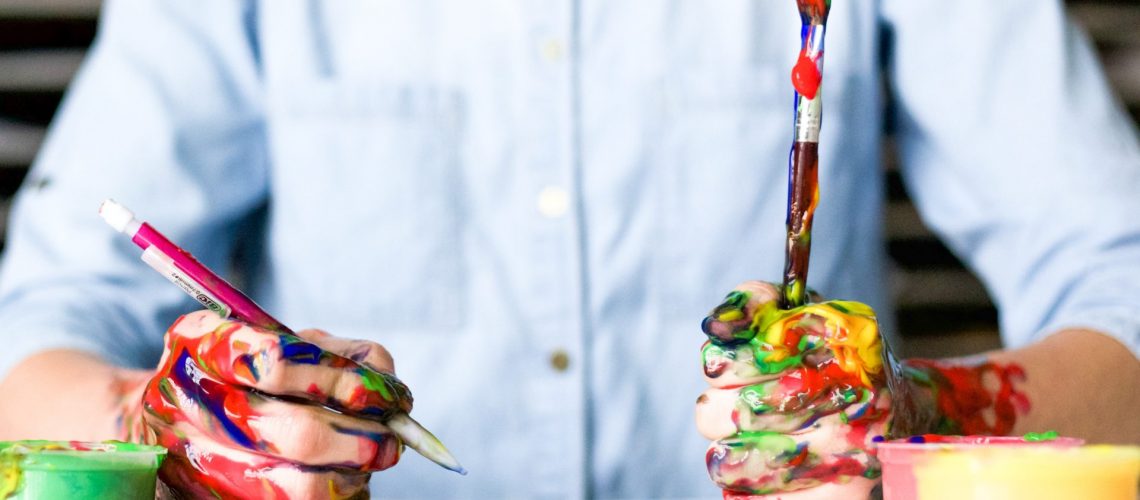

Pam Marmon
How to Change Organizational Habits
On August 13, 2008, Michael Phelps’ alarm went off at 6:30am in the Olympic Village in Beijing, and he slipped into his race-day routine. By 7:00am, he ate breakfast, followed by his stretching routine at 8:00am, and then warm-up lap in the pool at 8:30am. After a 45-minute workout, Phelps slipped into his bodysuit, put on his ear buds and listened to hip-hop, and waited.
For years, coach Bob Bowman had instructed him to “play the tape” every night before he falls asleep and every morning when he wakes up. Visualizing success, Phelps had trained his mind to imagine every element of a race, swimming it perfectly. Bowman equipped Phelps with habits that would make him “the strongest mental swimmer in the pool,“ according to the 2012 Pulitzer-price winning author of The Power of Habits, Charles Duhigg.
What gave Phelps a competitive advantage? With his “long torso, big hands, and relatively short legs,” Bowman knew Phelps could become a champion. He trained Phelps with habits that helped him remain calm and focused through visualization and relaxation. Some behaviors inevitably spilled over into other parts of his life, including his diet and sleep routines, making keystone habits.
When the gun sounded at 10:00am, Phelps hit the water and immediately knew something was wrong. His goggles began to fill with water, and by the last lap, he could not see. Phelps had physically and mentally prepared for the unlikely situation that took place on the morning of the Olympic race. Coach Bowman had made him rehearse swimming in the dark in a pool in Michigan so he can anticipate the unexpected.
Phelps estimated it would take about 20 strokes to reach the end. Remaining calm, he accelerated as he usually does at the end of every race. Taking one extra stroke, his fingertips extended to reach the wall. The crowd erupted, and when Phelps emerged from the water, he had set a new world record for the 200-meter butterfly event.
What prepared Michael Phelps, Tony Dungy, and Paul O’Neill for extraordinary outcomes in sports and business? The book The Power of Habit, by Charles Duhigg, provides scientific research related to changing habits to achieve success in work, home, and life. By understanding how habits work, we can shift the way people work and communicate.
Here are the top three scientifically based actions individuals and companies can incorporate in order to transform:
- Habits are made of three parts:
- A cue, which triggers your brain.
- A routine, which is a behavior that follows the cue.
- A reward, which is a positive reinforcement that indicates to your brain that the routine is worth repeating.
2. To change a habit, replace the routine, while keeping the cue in the beginning and the reward at the end in place. Identify the behavior you want to change for yourself or your organization. Experiment with the reward so it provides a positive reinforcement. Replace the routine with a desirable alternative behavior.
3. The most important habit to develop is willpower, because it triggers a series of consequential behaviors that shift the trajectory of an individual or a company. The mental discipline enable us to form keystone habits that “transform us by creating cultures that make clear the values that, in the heat of a difficult decision or a moment of uncertainty, we might otherwise forget.”
Keystone habits can trigger a chain reaction throughout an organization, and overtime, the formation of keystone habits can change everything.
About the Author

Pam Marmon is the Founder of Marmon Consulting, a business management consulting firm that helps companies transform. As an Organizational Effectiveness consultant, Pam advises leaders on managing transformational change and achieving desired results. Her passion is to grow healthy organizations that positively impact our world.
